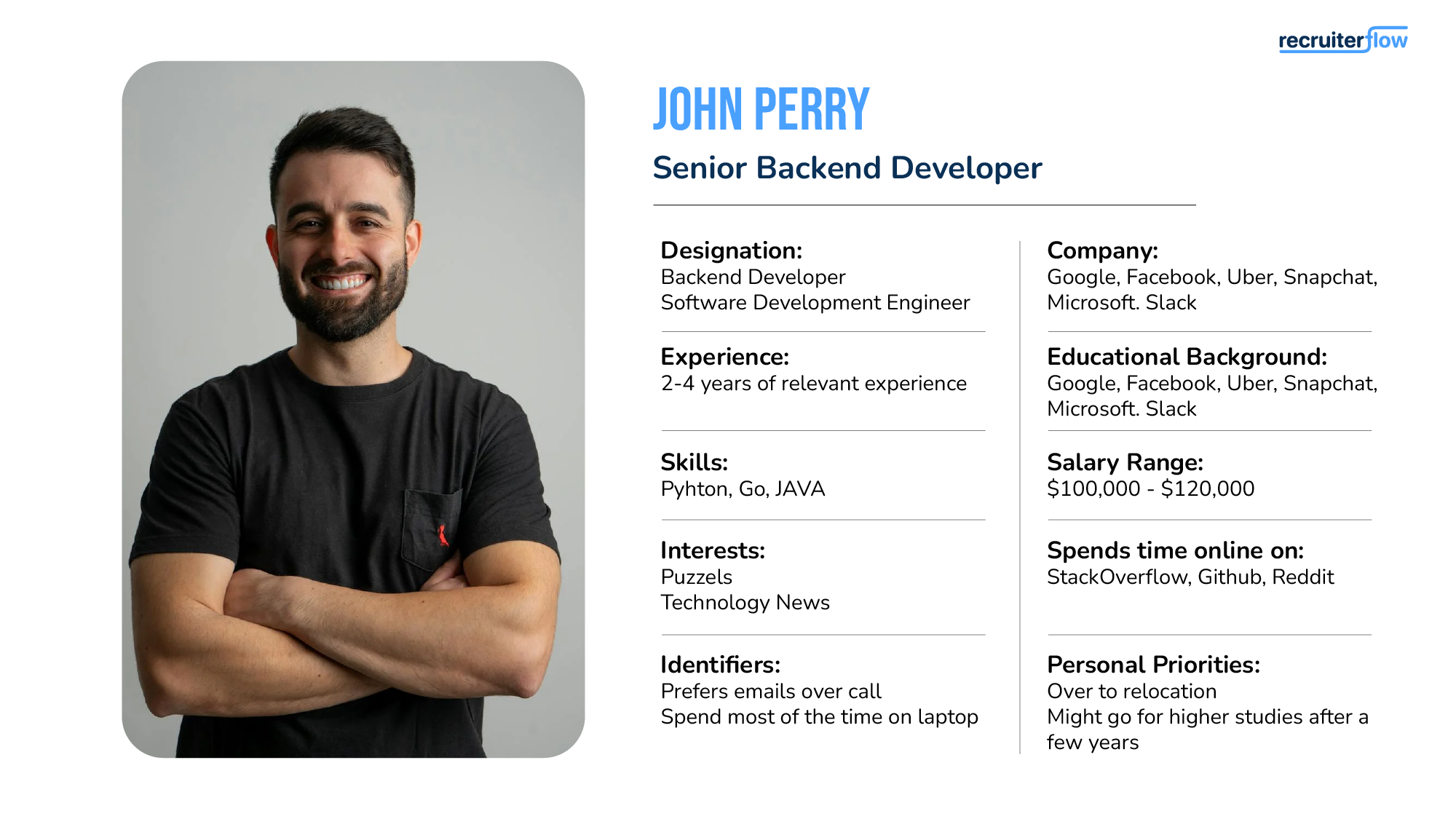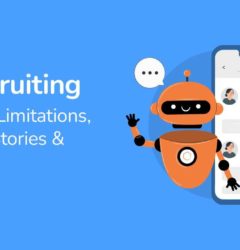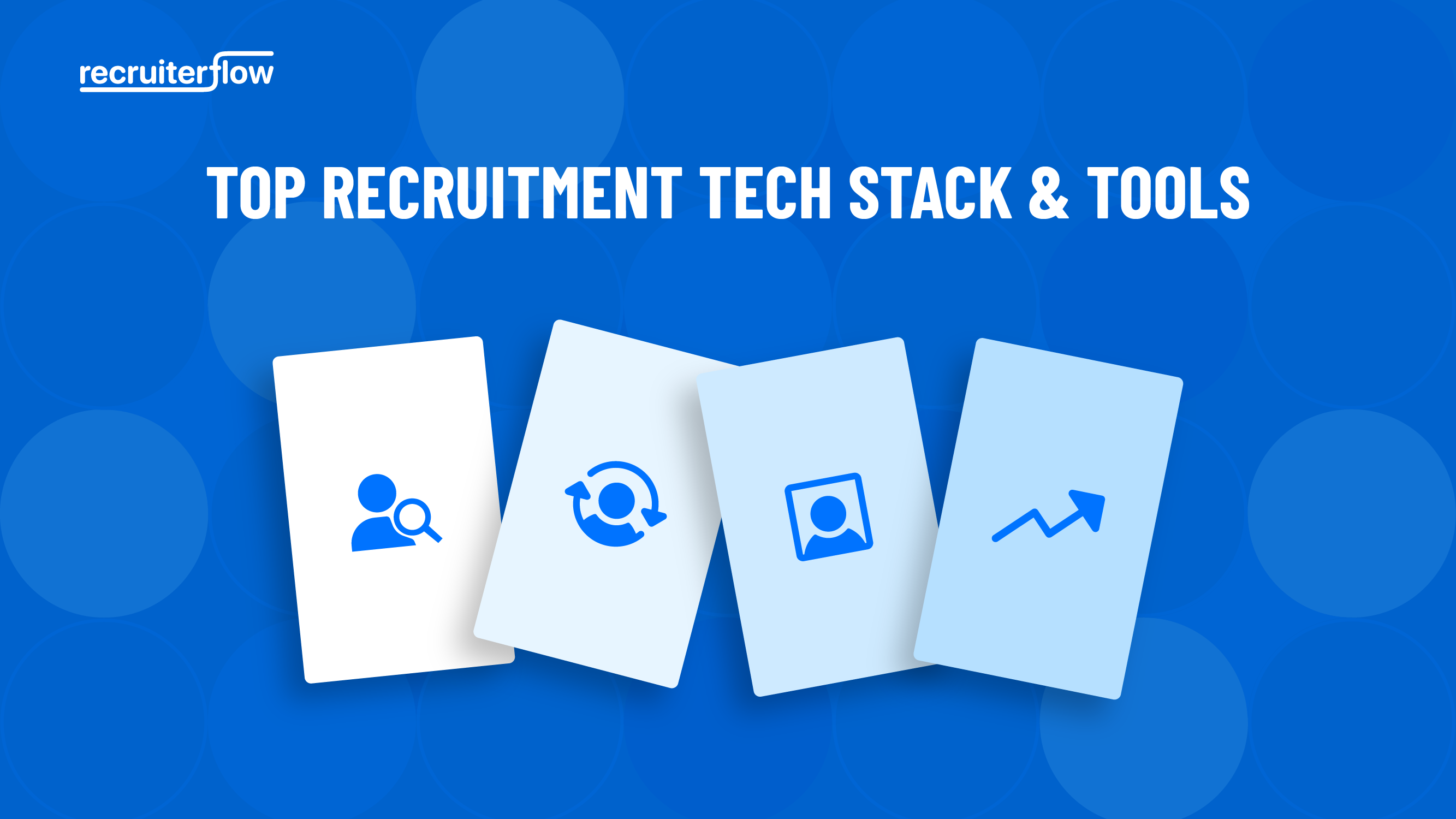
How to Create a Candidate Persona to Hire Better

Do you know that Ian is the perfect candidate for your Software Architect position? Or that Mary is the Digital Marketing person you are always looking for?
Ian and Mary aren’t real people.
They are candidate personas: a representation of an ideal candidate for a vacancy.
But why do you need Ian and Mary?
If I had an hour to solve a problem I’d spend 55 minutes thinking about the problem and 5 minutes thinking about solutions.
– Albert Einstein
Recruitment is a complex process. Designing a sourcing strategy for a generic audience is like shooting in the dark. You may get lucky once or twice but the chances of missing the target are really high. You end up wasting both time and money.
Creating a candidate persona is worth your time! Ideal persona helps you identify the traits of the right candidate and design your sourcing and recruitment strategy accordingly. Candidate persona helps you:
- Get a deep understanding of requirements from various stakeholders
- Devise your sourcing strategy to source the right candidates
- Create recruitment collateral (Job Description, Application Form, Introductory materials, emails) to get more applicants
Personas have been traditionally used in marketing and they have helped a number of marketers increase the efficiency of their marketing campaigns. Ardath Albee defines marketing persona as:
A marketing persona is a composite sketch of a key segment of your audience. For content marketing purposes, you need personas to help you deliver content that will be most relevant and useful to your audience.
On the same lines, a candidate persona can be defined as:
A candidate persona is a composite sketch of a key segment of your candidate pool. For recruitment purposes, you need personas to help you create strategies that will be most useful and relevant to source ideal candidates for a vacancy.
Also, check our guide to Create a Recruitment Marketing Plan for Your Staffing Agency
Creating a candidate persona is not rocket science! Here is a step-by-step guide to creating a candidate persona.
How to create a candidate persona?
Before you create a candidate persona, you need to do some groundwork first. Creating a persona starts with gathering information from various stakeholders, analyzing the pre-existing data to find trends, and then storifying them.
Gathering information
Here are 4 ways in which you can get more information.
-
Interview Stakeholders
Before creating a job, it’s important to bring all the stakeholders on board. This makes sure that everyone on the hiring team is on the same page.
You need to interview the stakeholders to get an idea of the traits they are looking for in a candidate. You should be interviewing hiring managers, recruiters, sourcers, and interviewers with a list of predefined questions. Some of these questions can be:
Job Title: Different companies use various titles for the same role. For example, a position focused on growth could be titled Growth Hacker, Customer Acquisition Manager, or even Growth Ninja. Executive Assistant job titles are no exception, with variations like Executive Coordinator, Administrative Assistant, or Chief of Staff, depending on the organization’s structure and needs. When selecting a job title, ensure it is SEO-friendly and can be easily discovered on job boards, search engines, LinkedIn, etc.
The company they work for: Hiring Team in a lot of cases already has a list of possible target companies where the candidate could be working. Ask your hiring team what companies they are looking at to source.
Target Designation: It’s really important to know what are the possible designations of your target candidate persona. Since various companies have different designations, it would help you to have a list of possible designations which will have a similar profile. You can always expand this list by doing more research.
Target Demographic: What should be the demography of prospective candidates? What should be their age and experience? Where are they located? What’s the expected salary for the position?
Skills: You should ask your hiring team what are the different skills the candidate should have. This helps you narrow your search criteria when you are sourcing. Try to get an exhaustive list and iterate it as you move along your sourcing journey.
Educational Qualifications and Certifications: Is your team targeting specific courses or degrees or universities? What should be the educational background of the candidate? Should they have any certification? If yes, from where and in what?
Driving factor: What should drive your prospective employee? Should they be excited about certain technologies or driven towards a certain vision? The primary value or fears probably drive them.
Answers to the above questions give you the stakeholder’s perspective on the candidate’s persona. -
Interview team membersThe traits of team members are a really good indicator of a candidate’s persona. Studying team members effectively will help you understand what the ideal candidate should have to succeed in the role. You typically need to interview 2-3 team members to get to these traits. There is no fixed number but you should stop when you feel answers to questions are now repeated. Ask your team about:
Motivation: What motivates your employees on the job? Why did they apply to your company in the first place and what keeps them going?
Goals: Ask them about their career and personal goals. Where do they want to be after certain years? What do they want to achieve in their life? Are there any specific personal goals like children’s tuition, marriage, mortgage, etc which are a crucial part of their personal life?
Interests: What do they want to do in their free time? Do you visit any specific website or a meetup? What do they like to read? Where do they read it? Where do they spend time online?
Skills and Culture: What skills help them succeed in the job? What do they like about company culture? -
Interview candidatesInterviewing stakeholders and team members helps you create a hypothesis on the candidate’s persona. But an untested hypothesis can cause disasters. You should cross-check these hypotheses within your pool of candidates.
Ask the above questions to your candidates, both good and bad. Bad candidates were typically the ones who were unsuited for the role for various reasons.
Why did they apply to your company? What do they feel will be different here from their previous job? What do they like? Where do they spend time online?
Understanding your candidate pool helps you map your company’s internal persona in the real world. If your hypothesis is true then most of the good candidates will follow the persona. You should also look at the response from bad candidates and see what went wrong in persona. Remember, it’s an iterative process.Also, check out our blog on strategic interview questions to ask candidates. -
Use data to find insights
Your pre-existing data is also a valuable source for creating a candidate persona. Dive deeper into your candidate data and find insights. What source provides you with more quality candidates? Which sets of candidates are more responsive? Which universities did they go to? What kind of companies did they work for?
Also, check our blog on how to market the most placeable candidates.
Using your research to storify the candidate’s persona
You have gathered enough raw information from your interviews with stakeholders, employees, and candidates. You also found some insights from your data. But how do you storify so that everyone on the team can gain from the gathered data?
You need to find trends and similarities across the collected data to come up with a candidate persona. You can have a single candidate persona if the vacancy is less and can create multiple personas in case vacancies are higher in number.
Section 1: Who is your candidate?
The first step is to give your persona a name to personify the traits. Based on your interviews and data collected fill out demographic details like possible designations, current company, skill set, educational background, etc.
Talking to your candidates and employees will give you a clear picture of the candidate’s skills and interests. This process also highlights where your candidates spend time online. These channels can be really effective when it comes to sourcing.

Adding a picture to the persona helps you and your team envision what the ideal candidate might look like.
Section 2: What defines your candidate?
This section is subjective and has to be interpreted from your interviews. You need to figure out our goals, objections, driving factors, and culture fit based on your collected data. Identifying patterns across responses will help you achieve so.

Once you have created the persona, it’s really important to bring your team on board as everyone has a different perspective. Also, creating the persona is an iterative process and you should refine the persona further as you go along the recruitment process.
Also, read our blog on the candidate experience survey.
Creating a persona not only helps bring the entire team together but also helps you figure out sources that would work best for a position. This also helps save time otherwise wasted on sourcing and recruitment process of wrong candidates.






